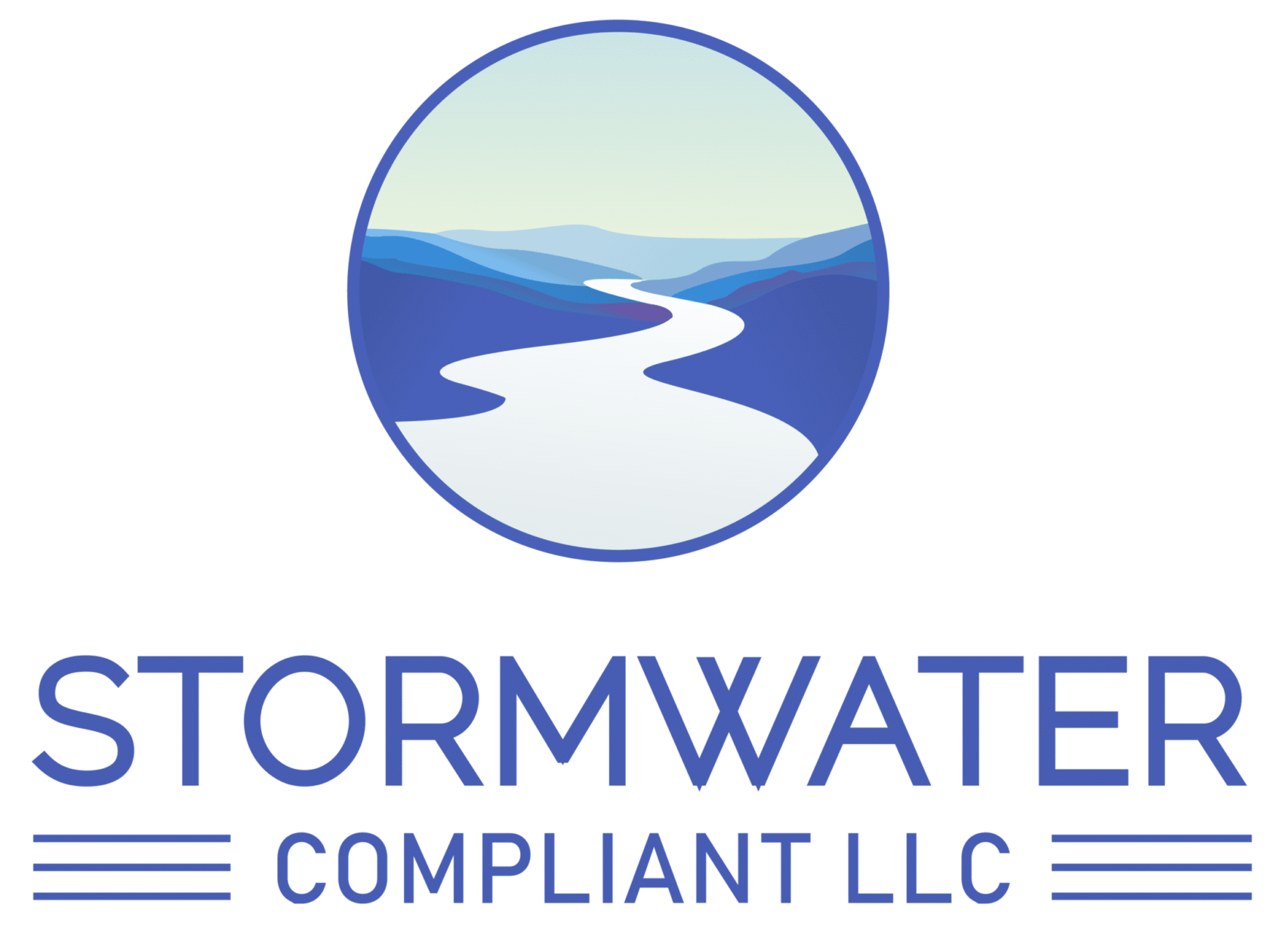Stormwater runoff is a significant environmental concern, particularly in urbanized areas where impervious surfaces such as roads, rooftops, and parking lots prevent water from naturally infiltrating into the ground. Uncontrolled runoff can lead to flooding, erosion, and contamination of water bodies. To mitigate these issues, engineered basins are widely used to capture, store, and manage stormwater. This paper examines the different types of stormwater basins, discussing their design, function, and applications.
1. Detention Basins
1.1 Overview
Detention basins are designed to temporarily store stormwater runoff and release it at a controlled rate to prevent downstream flooding and erosion. Unlike retention basins, detention basins are dry between storm events. There are two types of detention basins used over the Edwards aquifer: sand filtration and batch detention.
Sand Filtration Basins
This type of water quality pond has a sand bed that filters dirty storm water before reaching a network of perforated pipes that drain the water back into the environment.
Batch Detention Basin
This type uses a valve and sensor to detect when water enters the basin and opens at a set time to allow the water to settle before opening the valve.
1.2 Design and Function
- Temporary Storage: Holds runoff and slowly releases it through an outlet structure.
- Peak Flow Reduction: Reduces peak discharge rates to protect downstream water bodies.
- No Permanent Pool: Completely drains after a storm, minimizing mosquito breeding concerns.
1.3 Applications
Detention basins are commonly used in urban developments, commercial sites, where space is limited, and the primary goal is peak flow attenuation. Batch Detention basins are used primarily used in the Edwards Aquifer.
2. Retention Basins
2.1 Overview
Retention basins, also called wet ponds or permanent pools, are designed to store stormwater runoff for an extended period, providing both water storage and treatment. In contrast, Batch Retention Basins and Sand Filter Basins temporarily hold runoff water before it is discharged.
2.2 Design and Function
- Permanent Pool: Maintains a standing body of water between storm events, enhancing aesthetic and ecological value.
- Pollutant Removal: Promotes sedimentation and nutrient uptake by aquatic plants.
- Flood Control: Manages larger storm events by temporarily storing excess water.
2.3 Applications
Retention basins are widely used in residential developments, parks, and commercial properties to enhance water quality and provide recreational benefits.
3. Infiltration Basins
3.1 Overview
Infiltration basins are designed to capture stormwater runoff and allow it to percolate into the ground, recharging the groundwater table.
3.2 Design and Function
- Groundwater Recharge: Facilitates the natural infiltration process, reducing runoff volume.
- Pollutant Filtration: Filters pollutants as water moves through soil layers.
- No Outlet Structure: Water exits the basin primarily through infiltration.
3.3 Applications
Infiltration basins are most effective in areas with permeable soils and low groundwater tables, commonly used in suburban and rural developments. Mostly found East of I 35.
4. Bioretention Basins
4.1 Overview
Bioretention basins, also known as rain gardens or bio-swales, are landscaped depressions designed to capture, filter, and treat stormwater runoff using soil, vegetation, and microbial activity.
4.2 Design and Function
- Multi-Stage Treatment: Includes pretreatment (e.g., sediment forebay), filtration through engineered soil, and vegetation uptake.
- Pollutant Removal: Efficiently removes sediments, nutrients, heavy metals, and hydrocarbons.
- Aesthetic and Ecological Benefits: Enhances site aesthetics and supports biodiversity.
4.3 Applications
Bioretention basins are popular in urban areas, parking lots, and streetscapes, providing both functional stormwater management and landscape enhancement.
5. Constructed Wetlands
5.1 Overview
Constructed wetlands are engineered systems that mimic natural wetlands to treat and manage stormwater runoff through sedimentation, filtration, and biological uptake.
5.2 Design and Function
- Multi-Cell Design: Typically consists of multiple cells or zones, each providing different treatment processes.
- Pollutant Removal: High efficiency in removing nutrients, sediments, and pathogens.
- Habitat Creation: Supports diverse aquatic and terrestrial wildlife species
5.3 Applications
Constructed wetlands are suitable for large-scale developments, industrial sites, and agricultural areas where water quality improvement is a primary objective.
Regular, routine maintenance is essential to effective, long-lasting performance of sand filters. Neglect or failure to service the filters on a regular basis will lead to poor performance and eventual costly repairs. It is recommended that sand filter BMPs be inspected on a quarterly basis and after large storms for the first year of operation. This intensive monitoring is intended to ensure proper operation and provide maintenance personnel with a feel for the operational characteristics of the filter. Subsequent inspections can be limited to semi-annually or more often if deemed necessary
6. Conclusion
- Stormwater basins are essential components of sustainable water management systems, offering flood control, water quality improvement, and ecological benefits. The selection of an appropriate basin type depends on site-specific factors such as soil permeability, land availability, water quality objectives, and regulatory requirements. As urbanization continues, integrating these systems into landscape designs will be crucial for managing stormwater runoff effectively and sustainably. A well-maintained water quality pond is more attractive and capable of performing the intended purpose of flood reduction and water quality protection. A maintenance program will reduce the need to rebuild a water quality pond that has failed and will reduce the risk of fines for non-compliance with government regulations.
- A well-maintained water quality pond is more attractive and capable of performing the intended purpose of flood reduction and water quality protection. A maintenance program will reduce the need to rebuild a water quality pond that has failed and will reduce the risk of fines for non-compliance with government regulations.
References
- Field, R., & Tafuri, A. N. (2006). Stormwater runoff and receiving systems: Impact, monitoring, and assessment. CRC Press.
- EPA (2022). Stormwater Management Practices. U.S. Environmental Protection Agency.
- Debo, T. N., & Reese, A. J. (2003). Municipal Stormwater Management. CRC Press.
- Dale filters uses biological mechanisms found in nature to filter, stormwater ideal for a low impact development. It can even enhance the appearance of your site.
- TCEQ RG-348. Complying with the Edwards Aquifer Rules

